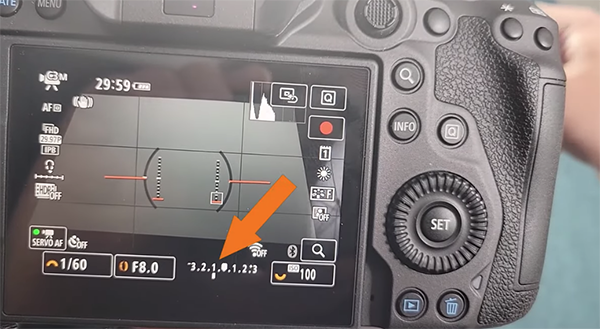This Lens Filter is a MUST for Epic Landscape & Nature Photos (VIDEO)
Does a Circular Polarizer (CPL) occupy a prominent spot in your camera bag? If not, that’s about to change in the next 10 minutes as instructor Fil Nenna explains everything you need to know for taking advantage of this powerful and affordable accessory that many pros never leave home without.
Nenna addresses a variety of common concerns, including the difference between linear and circular polarizers (both of which are round). When shooting with digital cameras the more recent CPL version is definitely the one to get for reasons Nenna reveals.
As Nenna explains, the CPL is different from old school varieties from back in the heyday of 35mm photography “because of how it transforms light waves passing through the filter’s two elements.” The discussion continues with a brief explanation of polarized light before moving on to practical examples of how CPLs work to enhance various scenes with different types of challenges.

So what’s the big deal? Polarizers do some amazing things, like darkening pale blue skies, boosting saturation, and eliminating unwanted reflections on water, foliage, and other non-metallic surfaces. They provide a good degree of control because you can quickly increase or decrease the effect by rotating the front ring on the filter.
Another important consideration because of the way in which CPLs work is your position relative to the sun which also has an important impact on the strength of your results. This means that a slight shift in vantage point or camera angle may significantly enhance the magic a polarizer provides,
The remainder of the video is devoted to a few simple suggestions for optimum composition and several equally easy techniques for putting a CPL to work. As you’ll see, there’s a one or two stop penalty to factor into the equation. Another important note describes why you may not want to rotate the filter to the max.

That’s because eliminating ALL reflections (especially from water surfaces) can often deaden a shot. Nenna posts weekly videos on his interesting YouTube channel that’s full of tips on quirky gear and overlooked shooting techniques.
On related note, don’t miss the tutorial we featured with one of our favorite image-editing instructors who demonstrates an easy Lightroom technique for creating outdoor photographs with “perfect light” when the sun fails to cooperate..

















